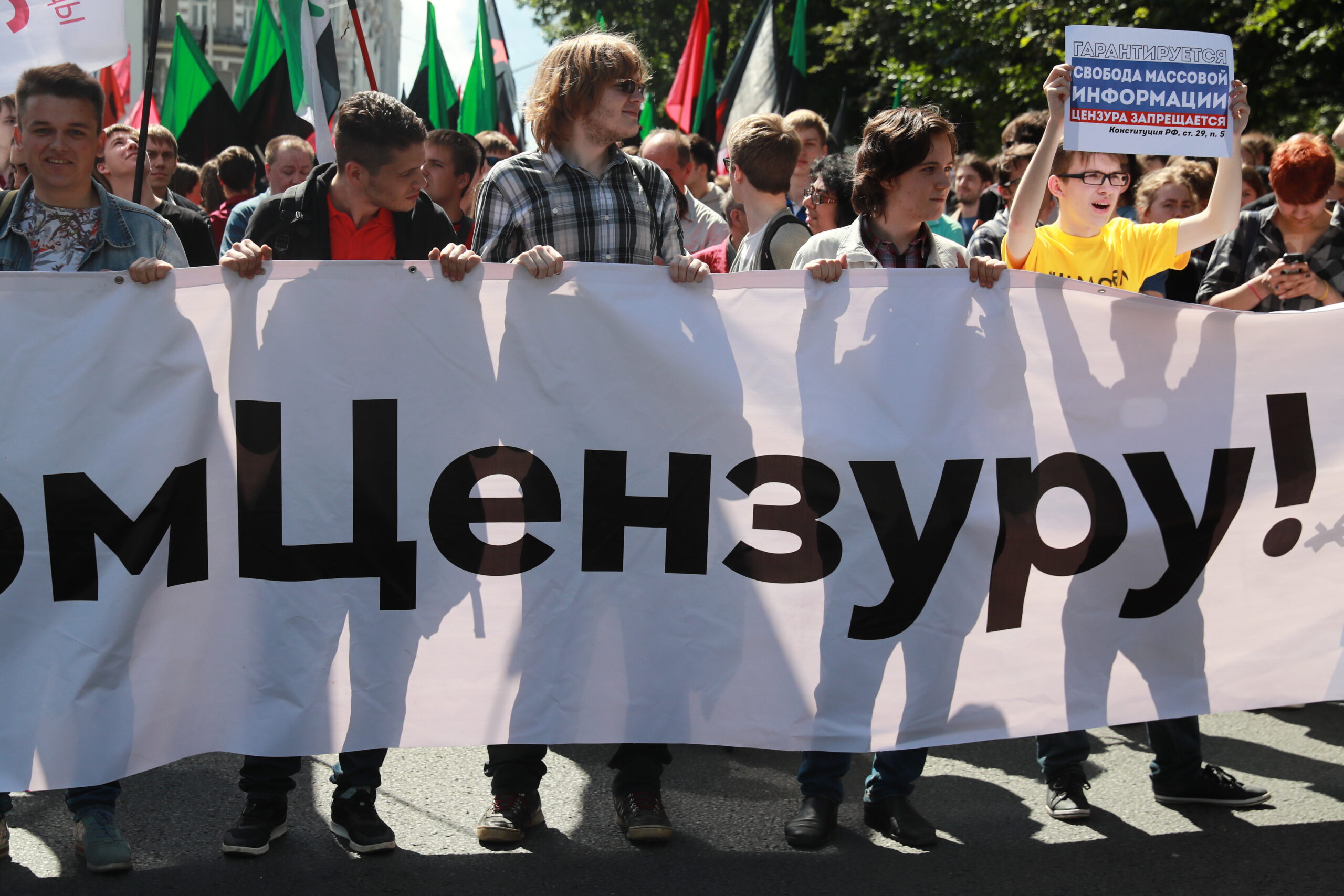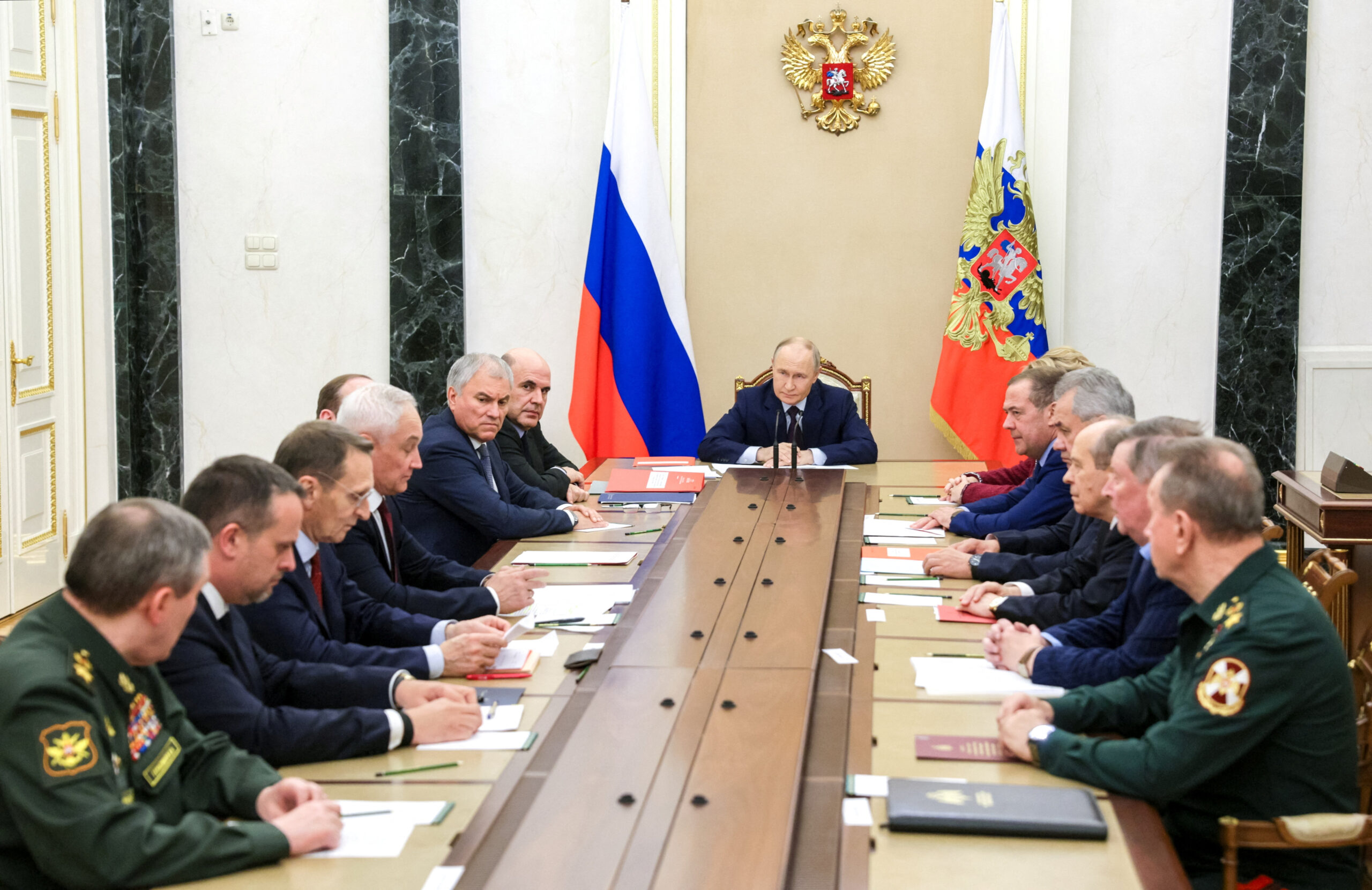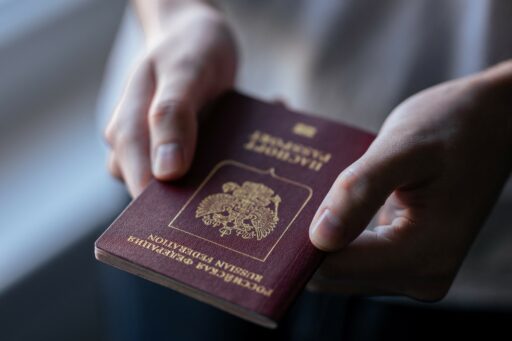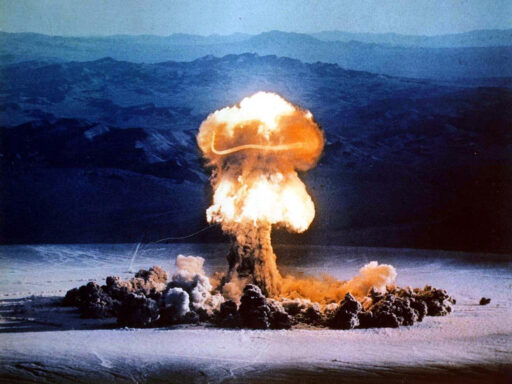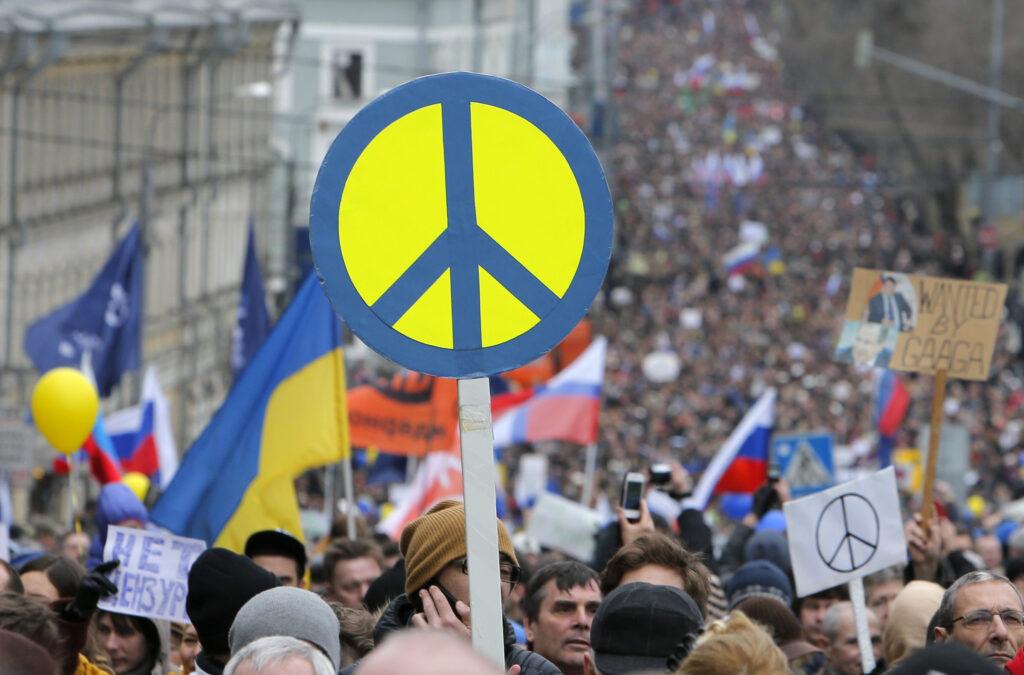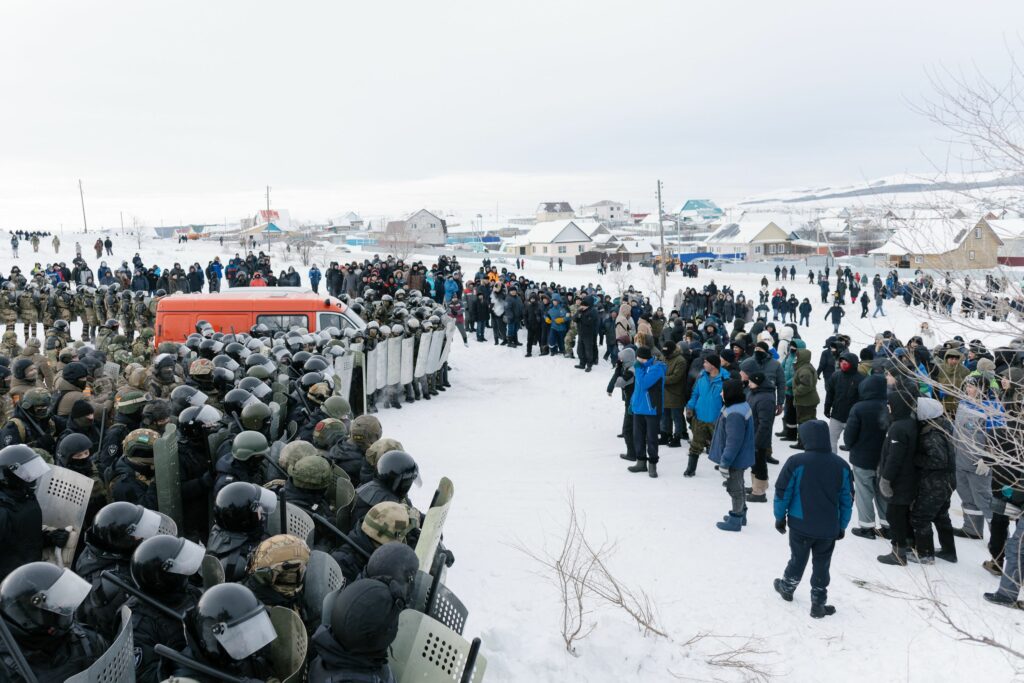The primary obstacle for independent Russian media today is undoubtedly censorship and the enormous resource imbalance compared to state propaganda. Authorities block access to such outlets, label them as «foreign agents» or «undesirable organizations,» and cut off their access to advertising and financial donations.
However, the issue isn’t solely about external pressure. Even people with opposition views often note that they’re tired of negativity and monotonous content, which leads them to stop reading independent media. To test whether there is indeed more negativity in «opposition» media compared to other sources, and how the choice of covered topics affects their popularity, we conducted a large-scale study, combining survey data and content analysis using machine learning.
How We Studied the Media
For our analysis, we chose Telegram, one of the main sources of political content for Russians: half of Russia’s population uses it daily. According to Mediascope estimates, 55% of the 100 most popular Telegram channels are related to news or politics in some way. Independent media also recognize the platform’s importance: by August 2024, 89% of them had their own Telegram channels, making it the most widespread social network among such outlets. By comparison, only 74% of independent media have their own websites.
In the first stage, we conducted a representative telephone survey across Russia and identified the 79 Telegram channels most popular among respondents. Of these, 36 were news-related. We then added seven channels from independent media to investigate the reasons behind their lower popularity. In total, 43 news channels were included in the analysis.
Next, we divided the channels into three groups: «pro-government,» «neutral,» and «opposition.» The classification took into account the audience’s stance on the war (based on survey data), audience overlap between channels, and expert assessments of their political leanings. We labeled as «neutral» those channels whose audience sits at the intersection of «pro-government» and «opposition» media—meaning they are read by both war supporters and opponents, as well as undecided individuals.
For the analysis, we downloaded posts from a three-month period—September to November 2024—and examined their content, including the proportion of posts on various topics and their tone. The detailed methodology is presented in the full research text.
The More Positive, the More Popular
The analysis revealed that the most popular Telegram channels tend to have a more positive tone, with a statistically significant correlation between these factors (p = 0.02). At the same time, there’s a strong inverse relationship between positivity and a channel’s «opposition» stance (p < 0.001): the more anti-war a channel’s position, the more negative its content and the smaller its audience.
This can be explained by the specific role of «opposition» media: they focus on topics ignored by «pro-government» and «neutral» channels, filling informational gaps. For example, about 17% of «opposition» media content is devoted to political repressions, compared to 7% for «neutral» channels and just 4% for «pro-government» ones. The share of war-related material is similar across all media types, but «opposition» outlets emphasize its negative consequences—destruction and casualties.
However, given that «pro-government» media often turn out to be the most popular (with «pro-government» leanings also correlating with popularity), it’s difficult to definitively conclude whether popularity stems from the amount of positivity or from the ideological direction of the content. It’s possible that readers are drawn more to narratives about Putin and Russia doing everything right (which drives the positive tone of «pro-government» media) rather than positivity itself.
Nevertheless, the role of positivity shouldn’t be underestimated. Among «opposition» media, a link between positivity and popularity is also evident, though weaker (p = 0.05). Notably, the most positive of these was Meduza, thanks to a relatively high share of unique cultural content and various collections—such as beautiful photos.
How Studying «Neutral» Channels Can Help Independent Media
Positivity is an important but not the only factor influencing audience size. The thematic composition also plays a role. Our study showed that «opposition» media exhibit greater similarity in their choice of topics compared to other channel groups. Proving a direct link between this factor and popularity is challenging, but it’s worth noting.
To understand how independent media could diversify their thematic range, it’s useful to examine channels popular among both supporters and opponents of the government. Such channels still exist in Russia, and we classified them as «neutral.» This group includes outlets with varied focuses: lifestyle and daily news (Topor, Pryamoy Efir — Novosti, etc.), crime and incidents (Mash, Baza), economics and analytics (RBC, Kommersant, Yezh), and international politics and war (Ranshe Vsekh. Nu Pochti).
When compiling this group, we considered the share of anti-war audiences in each channel and audience overlap, without factoring in content. For instance, Mash was classified as «neutral» despite its pro-war narratives because 43% of its audience, according to the survey, opposes the war. In terms of positivity, «neutral» channels occupy an intermediate position between «pro-government» and «opposition» ones.
Despite the diversity within this group, they share common characteristics in their thematic composition that distinguish them from «pro-government» and «opposition» channels. «Neutral» channels write more about economics (8.8% of news vs. 4.1% for «opposition» and 3% for «pro-government»), focusing on domestic rather than international events: price changes, the Central Bank’s key rate, etc. They also cover emergencies more often (5.8% vs. 2.3% for «opposition»)—fires, utility failures, unusual weather changes. Additionally, they more actively report on health, food, and science news (4.1% vs. 0.8% for «opposition»).
It’s difficult for «opposition» media to become noticeably more positive due to their role of highlighting problems ignored by others. However, following the example of «neutral» media by emphasizing everyday topics like economics, incidents, and health could be a more realistic goal. We’re not claiming these recommendations are universal or guarantee increased popularity. Accounting for all factors influencing an audience is impossible—we’ve only highlighted those amenable to analysis. The practical implementation of these suggestions depends on each outlet’s mission, priorities, resources, and external conditions.
